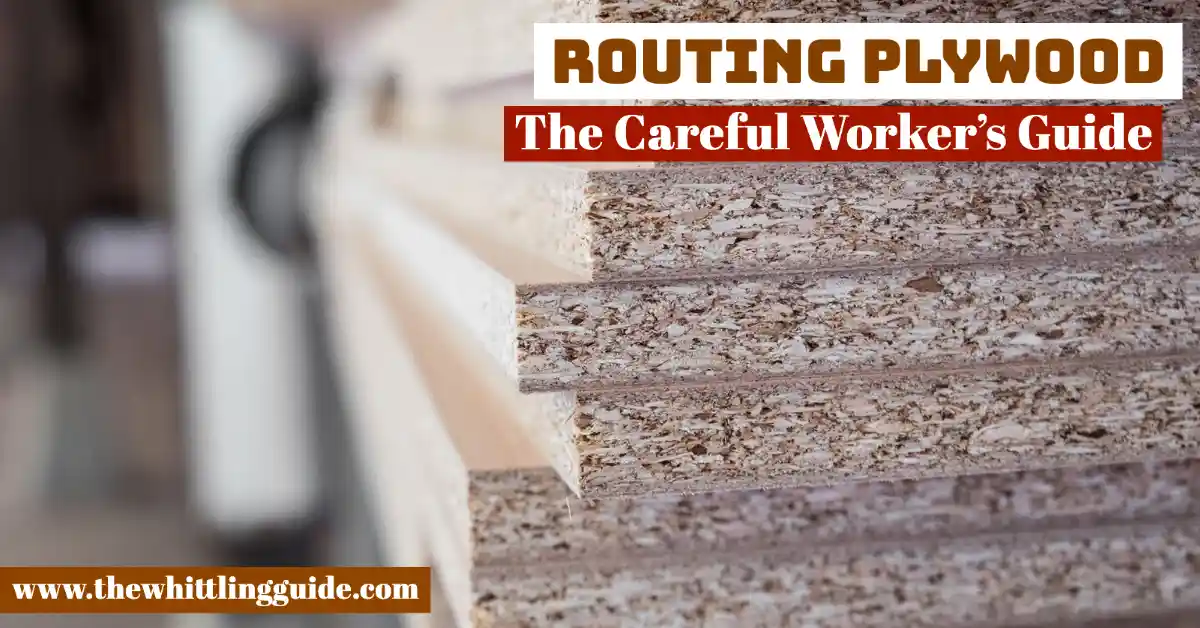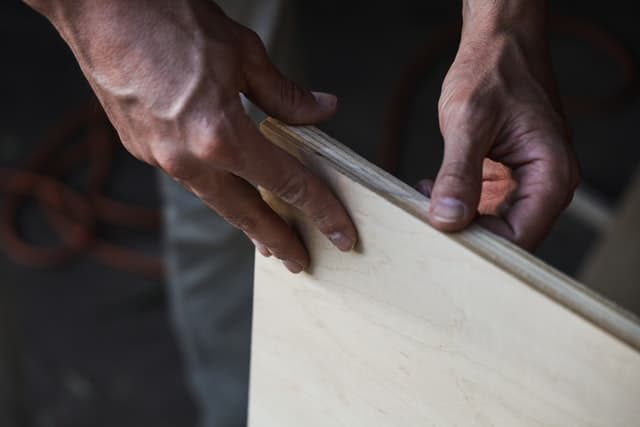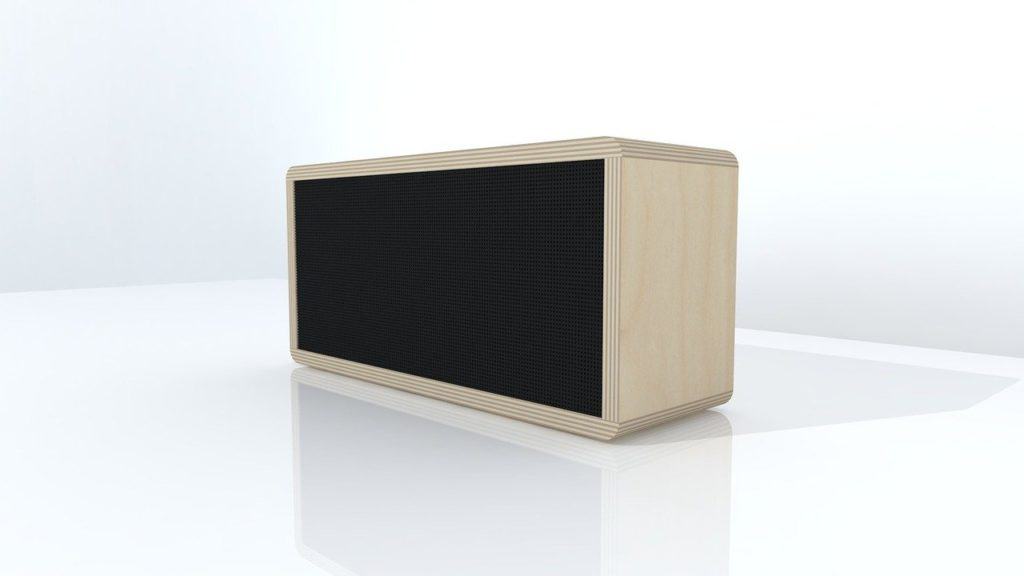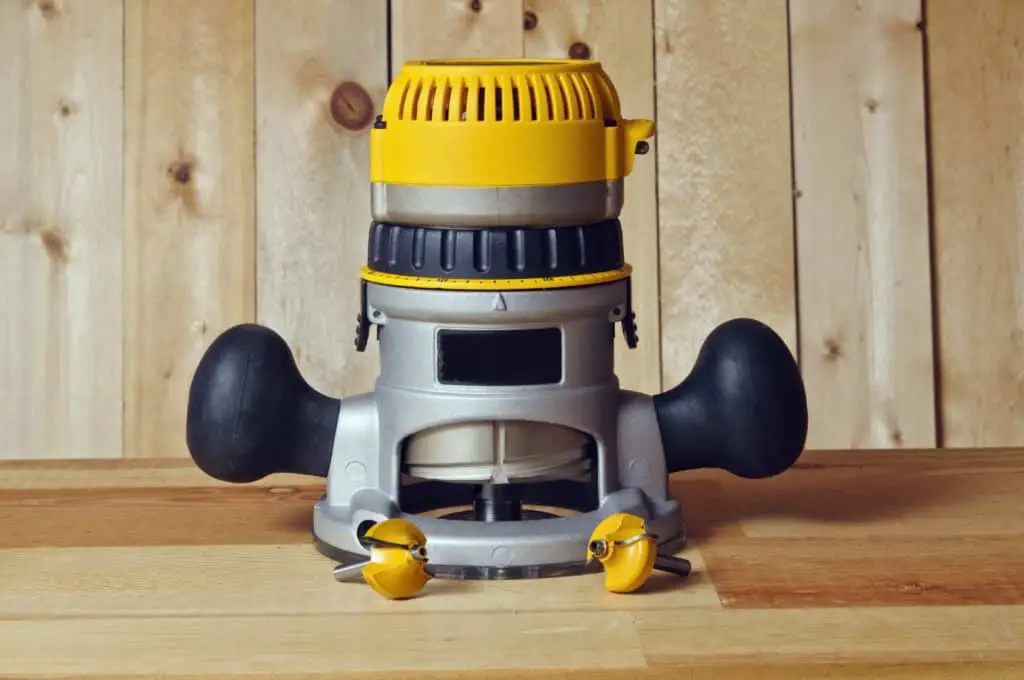
Can you router plywood?
It’s no secret that many woodworkers get a very satisfying thrill from using a router to finish their wood projects. It allows them to effectively work the tiny grooves on the outside edges of the wood. Plywood, however, is a slightly different ballgame, as it is a much thinner wood than most other woods on the market. Routing Plywood can be a tough test. To successfully cut through plywood with a router, you must meet specific requirements before you begin.

Edge Banding
First, you must be aware of what is called edge banding. This is the process whereby plywood sheets are structured and organized so that they reinforce each other. This is done using another piece of wood that is often more durable than the thin plywood sheets you apply. Such types of wood are manufactured, and different kinds come in MDF and Particle Boards.
Detecting Voids in Plywood
Plywood has become very popular worldwide because you are unlikely to find any voids within the plywood. If you are confused about what a void is, it is a sizable hole that often pops up on the surface of a plywood sheet.
It is sporadic to find this on plywood, although if there is a void present, you may not use a router to trim the wooden project you are working on. This is because a plywood sheet is fragile; therefore, a big hole in the sheet will undoubtedly affect the wood’s structural integrity.
To detect whether plywood has any voids, then the first thing you will have to look for is sizable bubbles. Plywood with holes often has sizable bubbles along the wood’s right and left sides.

Gaps that present themselves in this location are usually 100% voids. If you have inspected the sheet of plywood thoroughly and do not find any voids on the breadth side of the wood, then you may begin working on it with the router.
Now that that is out of the way in this article today, we will be looking at some of the top things you need to keep in mind when you begin using a router on plywood.
Plywood is skinny and relatively easy to break if not handled correctly. Therefore, you must be as careful and knowledgeable as possible when working on the wood to ensure that the product of your project is high-quality.
Use of Routers
Routers are excellent options for people who want to hollow out a section of wood. Although they specialize in wood, they would also be effective on materials such as plastic and metal sheets.

The primary specialty of this machine is to perform fine cuts that go a long way in developing the edges and grooves on the wooden project you are working on. The more creative side of this product is that it allows you to create decorative patterns. These patterns go very far in terms of adding uniqueness.
When attempting to round off the work you have been doing on plywood, you must adhere to the three options available. See our wood router buying guide.
Paint over the Edges
Painting over the edges will allow you to finish the wooden project quickly and easily. However, this will not be easy if you have an exposed wood layer that is difficult to fill. When I say exposed, I refer to a piece of wood with multiple cracks, making it difficult to paint over.
Painting over the edges is only good if the wood is perfectly symmetrical and has few voids or cracks. n exposed wood layer would mean that the paint will begin to slip in through the cracks down to the core of the wood. This is a waste of color and can leave the wooden project’s interior flimsy.
Edge Band the wood
This is not one of the most advisable options you can consider because although it is the fastest and most straightforward, it is also the least aesthetically pleasing. Remember what we discussed earlier, whereby this method is used to strengthen the plywood’s structural integrity.
We do this by adding a more durable type of wood to the ends of the plywood. This affects locking in the plywood, preventing unnecessary cracks on the edges. Unless you are a total professional, this method is difficult to achieve symmetry.
Add Putty
adding putty is one of the best options that you can get on the list because it provides you with an excellent finish of choice. Adding putty to all the cracked areas or voids in them will allow you to smooth out all the available edges thoroughly. After this point, you can paint over this putty easily.
Plywood Edges
To get the best experience working with plywood, you must take great care of the edges. Routing plywood edges requires care. This is because the edges of the wood create the aesthetic appeal of any wood project.
Even if you are working on a straightforward project, you will get an excellent finish because of your attention to all these small details.
Plywood Grain
The plywood has a grain running through it. That is what makes it look so great. You could only damage this type of wood by skimming across the top or bottom of these curved surfaces.
When you attempt to make sizeable cuts on the edges of the plywood, you must take extra caution to ensure that when you place your router down on the wood, it does not scratch or scuff up yourplywood’ss surface.
Preparing Joints
When working with plywood, you must ensure that the joints are as tight as possible. Before doing any woodwork, it would be wise to ensure that all the joints are put together very snugly.
You can use glue instead of screws to do this. How glue works on plywood is straightforward since it will flow into the gaps between two pieces of wood and make sure they stay in place forever.
Using blue tape
It is wise to place the tape on each joint surface before gluing it. This will allow the glue to penetrate through the tape and hold it firmly in place for as long as needed.
Planning Your Design
Working with plywood requires a lot of planning and designing for your project. Most people think that this process is complicated. However, in actuality, it is not.
Video Tutorial
Conclusion
If you want to use a router for plywood, the main thing you need to do is make sure that the section of plywood you want to work on has been well prepared. Issues such as filling the cavities should be taken seriously and done urgently.
Because this will allow you to efficiently process the piece of wood without causing various problems, remember that this is a very light wood. So if you plan to work this wood on a large scale, expect your router bits to lose their sharpness much faster than you had planned.
This is often the case because the adhesive used for the wood project begins to coat the blade around the router. Over time, this dulls the blades and may need to be replaced.
The most important thing when using a router for wood is your care. You should not have this problem if you clean and sharpen the router regularly.
- Pyrography Techniques for Beginners: Textures and Shading - January 23, 2024
- Troubleshooting Jointer Issues: Why is Your Jointer Not Flattening Wood? - October 11, 2023
- Unlocking the Secrets of Jointing to Increase Width - September 29, 2023
